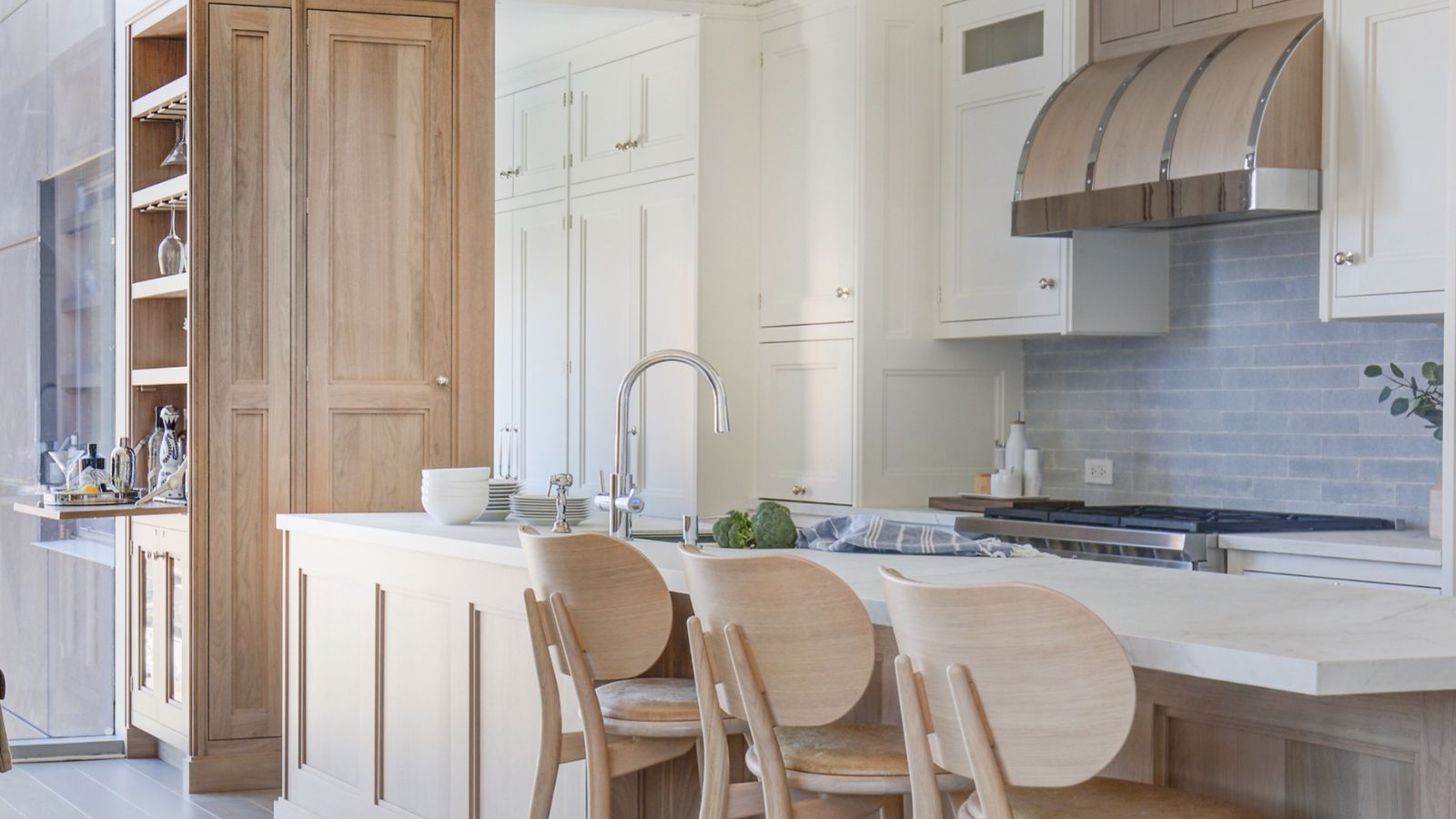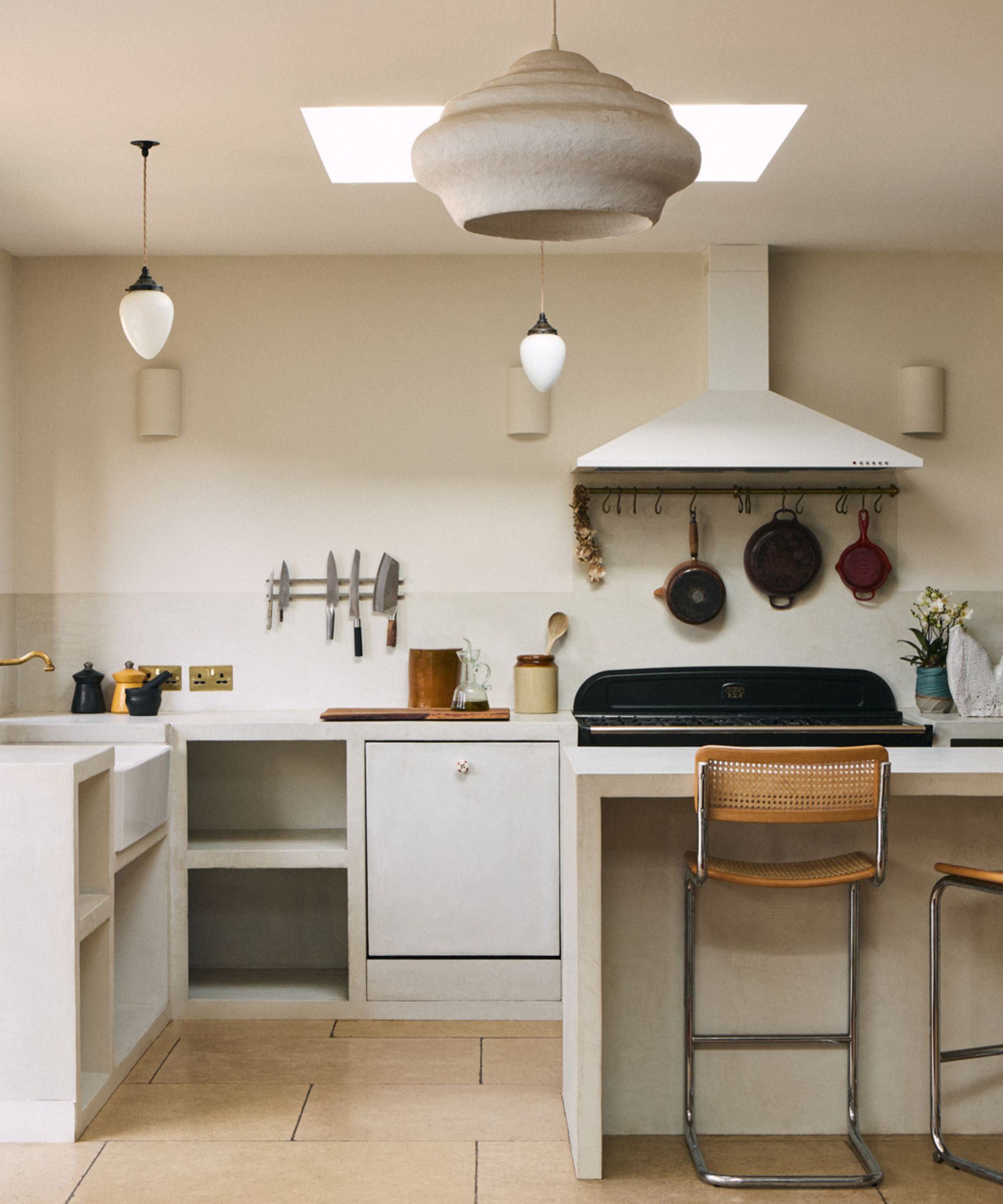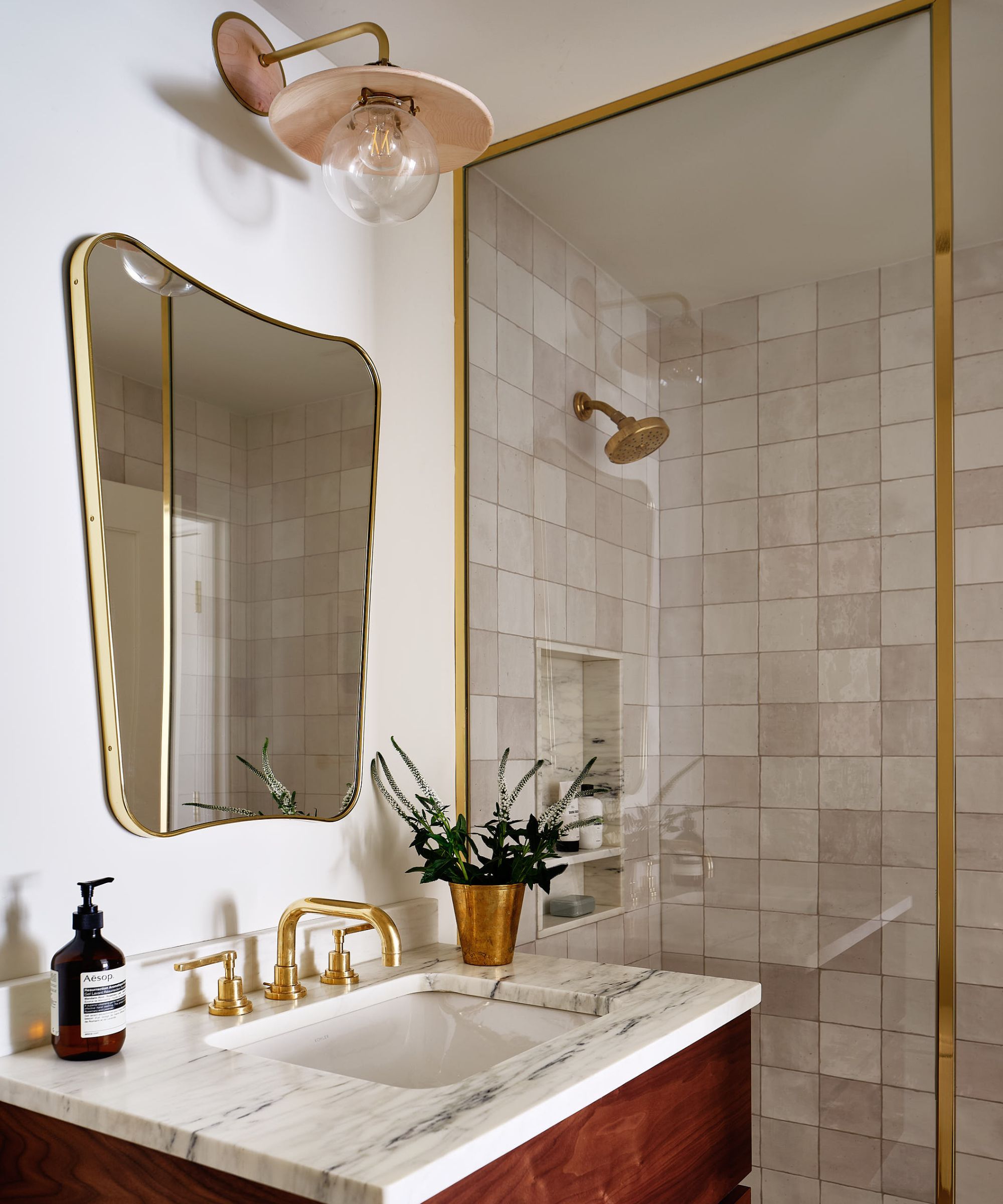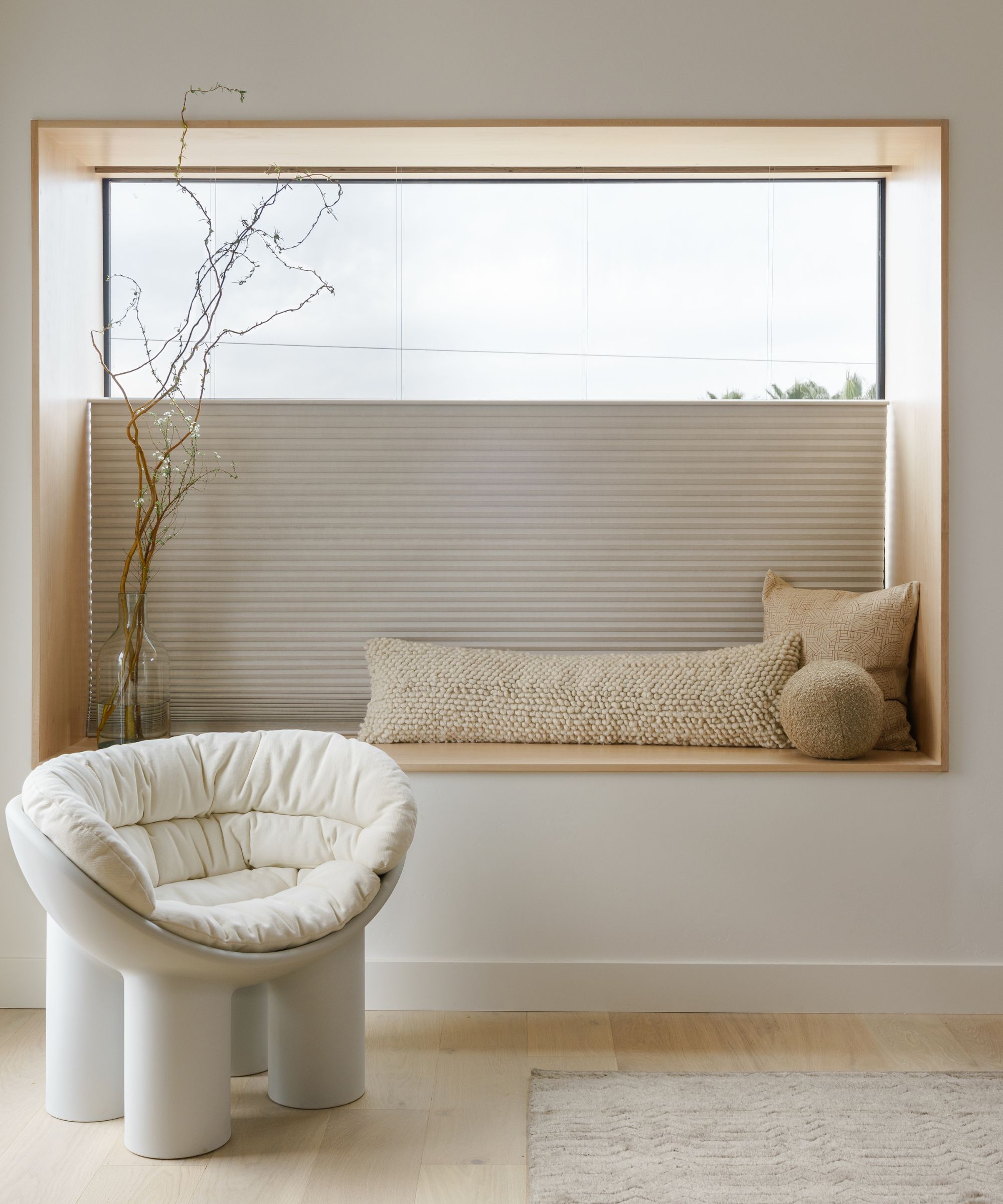
While considering your budget for a big home renovation is by far the least exciting part of redesigning a home, it is the most important.
If you don’t want some big shocks late in a project, or worse, don't want to leave a project half finished, working out a good cushioned budget before embarking on your project is a must – but how much should you budget for home renovations?
Here, interior designers explain how much you should save for each room, and how to stick within your budget to save money on home renovations.
How much you should budget for home renos
Not making a budget before you start a project is one of the most expensive home renovation mistakes to avoid. Not having a cap on your spending can quickly lead to projects getting out of control and money pots running dry.
These are the ballpark figures you should aim for and why it's important to stick within your limits:
1. Kitchens

By far, one of the most expensive home renovations is the kitchen, but given that it also adds the most value to a home, designers claim it is more than worth the time and effort.
‘The kitchen is often referred to as the heart of the home and usually requires a significant investment for renovations. On average, homeowners should consider budgeting between $25,000 to $90,000+ for a kitchen remodel,’ suggests Mia Johnson, principal designer and Founder of Mia Johnson Interior Design. ‘This range accommodates everything from updating appliances and countertops to more comprehensive changes like reconfiguring the layout.’
Because of the high cost and high intensity of the work involved, the budget is one of the first things to consider when remodeling a kitchen.
‘The higher end of the budget allows for high-quality finishes and custom solutions,’ Mia continues, ‘which can greatly enhance the space's functionality and aesthetic appeal.’
2. Bathrooms

Bathroom renovations are another great renovation project that will add value to your home but also come with a high price tag.
Artem Kropovinsky, interior designer and owner of Arsight, suggests setting aside between $20,000 to $30,000 to help cover the cost of sourcing and fitting the highest quality moisture-resistant materials from the likes of flooring, drywall, ceilings, and fixtures (your sinks, vanities, bathtubs, toilets, etc.).
One of the most common bathroom renovation mistakes is thinking that this smaller space won’t cost as much as a big kitchen or will be a quicker project. More often than not, bathrooms are one of the more time-consuming areas to remodel – especially if you change plumbing layouts or retile the space. As such, you may need a larger cushion for your budget in case labor overruns.
3. Living Rooms & Bedrooms

Living rooms and bedrooms are far simpler to renovate than more practical spaces such as kitchens and bathrooms, but that doesn't mean you don’t need to budget.
However, how much you need to budget will depend on what you want to change. Something as small as painting a room will cost very little, especially if you do the work yourself, but a full revamp of lighting, furniture, and wall coverings will cost more, Mia Johnson, interior designer, says.
‘A lighter refresh, including paint, lighting, and minor updates, might range from $5,000 to $10,000. More extensive renovations, including built-ins, flooring, and structural changes, could increase costs to $15,000 or more,’ she explains.
How to stay within budget when renovating

When working through your pre-renovation checklist, it can be helpful to consider some options that will help you stay within budget when carrying out work. These could be tips to help you cut costs without cutting quality or some reminders to help you reign in some spending decisions.
1. Work out your priorities
When planning a renovation, you need to make a list of priorities for the space you are working in, begins Mia Johnson, interior designer:
‘Focus on rooms that need the most attention or will add the most value to your home. If the budget is tight, consider breaking the renovation into phases to reduce costs.’
You can further break down your priorities into areas of the room. When renovating a kitchen, for example, you might decide that your priority is to spend on a good quality countertop or replace the kitchen flooring.
2. Get multiple quotes
'Although it is best to go to contractors and designers that you have been referred to by friends so you know they are competent and trustworthy, there is no harm in shopping around for quotes,' says Josh Riutta, professional contractor and roofer and owner of Mikku and Sons Roofing. Just be aware of suspiciously high or low prices.
‘Compare estimates from different contractors to ensure you're getting a fair price, compare prices for materials at different retailers and negotiate with contractors, and discuss budget concerns with your contractor and involve them in cost-saving decisions,’ he recommends.
3. DIY what you can
Some home renovation projects and steps can be turned into fun DIY projects to elevate your home, reminds Shlomo Cherniak, professional contractor and owner of Cherniak Home Services. 'These projects can help you to cut back on contractor costs and stay within your budget.'
Never attempt to DIY anything that you are not confident in, however. For instance, unless you are an engineer or plumber, it is probably best to ask a professional for these bits and stick to painting or removing old fixtures.
No matter what you are budgeting for, you should factor in a buffer in case of emergencies, urges Mia Johnson, interior designer. ‘Unexpected costs are almost guaranteed in any renovation project,’ she warns. ‘Having a contingency fund of 10-20% of your total budget can help manage these surprises without derailing your project.’







